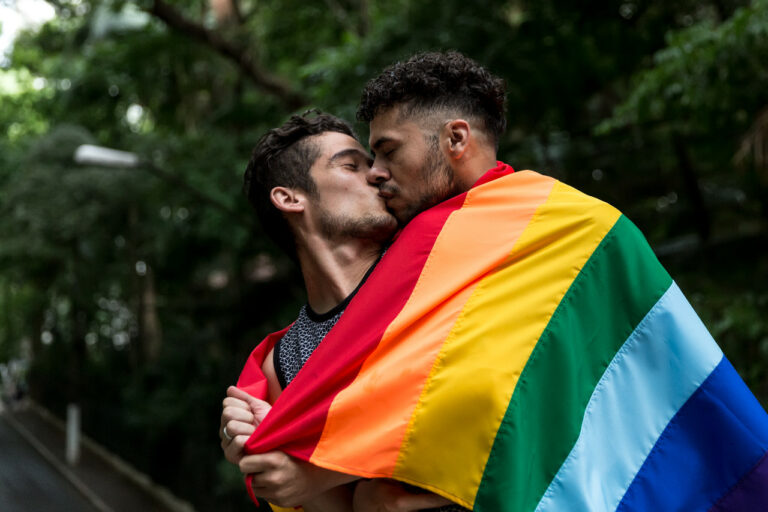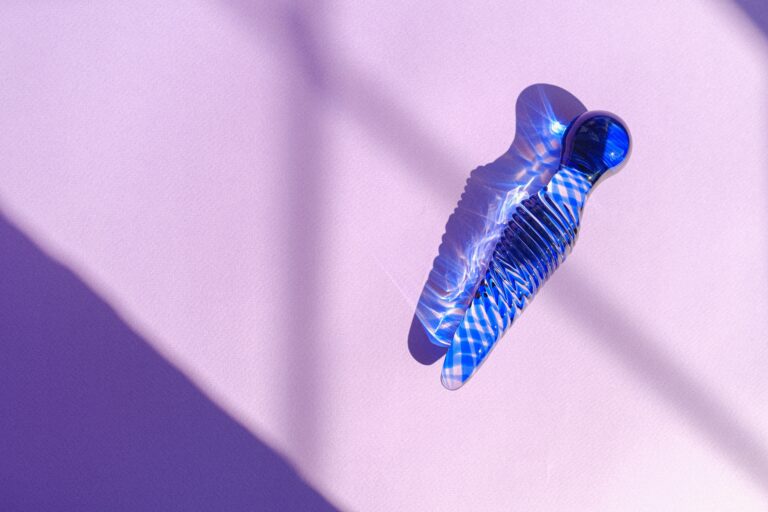The Magic of Drag: Glamour, Self-Expression and Culture
26 June 2024

Nowadays, we’ve all heard the word “drag” or the phrase “drag queen”. They might even bring to mind a celebrity. “Drag” simply means that a person performs in female clothes and with exaggerated drag queen makeup. Today, queens are often seen as a voice for the entire LGBTQIA+ community. In fact, they attention they receive has done a lot for that community in recent decades. Find out how a drag queen or queen is defined, the history behind drag queens, and why they have left such an impression on us and are so important for the entire queer community.
- What is drag? We attempt a definition
- The history of drag queens
- Phrases only queens know and use
- Famous drag queens you should know
- Why drag queens are so important for the LGBTQIA+ community
What is drag? We attempt a definition
According to Duden, a drag queen is a “glamorously dressed and made-up transvestite”. In the past, a drag queen was a gay man who wore extravagant outfits, and wanted to depict an exaggerated form of femininity. But today’s queens are different, so the term needs a clearer distinction. A drag queen is not necessarily a gay man. Anyone can be a drag queen: whether they are a gay or heterosexual cis man, a lesbian cis woman, a transwoman or a transman, or even a non-binary person. And if you’re wondering what “cis” means, we’ll explain that too. Someone who is cis identifies with the gender they were assigned at birth. They are also referred to as cisgender.
To come back to the definition, and the difference between drag queens and transvestites, a transvestite can be clearly defined as someone who wears stereotypical clothing for a particular gender. This is a fetish. Drag queens, however, want to represent exaggerated feminine attributes with their outfits, and attempt to criticise the dominant traditional gender roles in society. Unlike transvestites, it is a political art form rather than a fetish. It is not entirely clear where the word “drag” comes from, but there is a theory that it stands for “Dressed Resembling A Girl”. The history of drag queens goes back to the twentieth century.
The history of drag queens
Today, everyone has heard about Pride parades and knows June is Pride month. But that wasn’t always the case. The foundations for the LGBTQIA+ community were only laid in 1969, with the help of many drag queens. The Stonewall protests at the end of June 1969 saw several conspicuous drag queens in full regalia and a group of queer people fight against the shenanigans of the New York police. The civil unrest lasted several days, with people demonstrating against the prevailing discrimination and injustices. Today, the Pride parades that take place around the world commemorate these protests.
Drag culture itself dates back further than that. There were drag balls in Harlem by the end of the 1920s. Young, socially disadvantaged Afro-American and Latino people met and competed against each other in dance, modelling, and other competitions at balls. They were places where they could be themselves. Today people talk about the ballroom scene. In their “houses”, queer people felt safe, with the protection they needed, and able to express themselves creatively. The young outsiders didn’t just find a family here. For many people it was also a safe home. A lot of the drag queens were role models and passed on their knowledge to the youngsters. Over time, a real culture developed, and a lot of elements that we associate with drag queens today were developed in the ballroom scene.

Phrases only queens know and use
Do you know what “chicken cutlets” are? Has anyone ever said “condragulations” to you? Probably not, as these are special phrases used among drag queens. “Chicken cutlets” are adhesive breast enhancers. “Condragulations” is a portmanteau of “congratulations” and “drag” and is used by drag queens to congratulate each other. If queens really want to compliment each other on amazing drag makeup, they say “you’re beating your face”. Perhaps you’ve already heard of a “drag mother”. The expression is self-explanatory, because a “drag mother” looks after youngsters and helps them when they’re starting out on the scene. Generally the surname of the “drag mother” is used too, and whole families can be created. And of course, if there is a “drag queen”, there is also a “drag king”. A “drag king” is the opposite of a drag queen – a woman who is dressed like a man. To motivate themselves to give the audience a great show, drag queens use the expression “Let them have it!”. “Lip sync” is when queens move their lips in time with the music rather than singing during their performance. And have you ever heard of the “tuck”? A “tuck” refers to successfully hiding male genitals under a feminine outfit. Naturally there are a few tricks, like fastening the genitals or wearing particularly tight underwear. There are plenty of other phrases that everyone in the drag scene regularly uses. In this article you’ll find a few more, along with a brief explanation.
Famous drag queens you should know
Today, many drag queens are famous, and seen with their outfits and performances on social media, the radio and TV. RuPaul, for example, is very famous. The US entertainer has had his own show, “RuPaul’s Drag Race”, since 2009, where he helps other drag queens boost their exposure. Trixie Mattel and Katya were both on “RuPaul’s Drag Race”, and now have their own TV show, “The Trixie and Katya Show”. One of the longest reigning queens on the scene was Dame Edna Everage. The Australian comedian Barry Humphries created the drag queen, with her trademark purple hair and huge glasses. And then of course there are Alyssa Edwards, alias Justin Dwayne Lee Johnson, Courtney Act, aka Shane Gilberto Jenek, or Alaska Thunderfuck 5000, the alias for Justin Andrew Honard, who is a successful YouTuber, musician and podcaster. In Germany, Olivia Jones is a famous member of the drag queen scene, and in Austria Conchita Wurst is well-known on the scene. The list could go on and on, as there are countless drag queens who have become the voice of an entire community.
Why drag queens are so important for the LGBTQIA+ community
In the past, drag queens got plenty of visibility and attention – and nothing has changed today. Although every other queer person has just as much to say, drag queens are more noticeable and therefore important voices for the LGBTQIA+ community. Their exaggerated outfits look to challenge the modern images of masculinity and femininity. Their outfits aim to provoke, and shake our ideas of the norm. Why shouldn’t men wear a glamorous dress, show their emotions or wear conspicuous makeup? Drag queens want to challenge these norms, and create more space and acceptance for those who do not fit into conventional gender models. In large part, the queer community has drag queens to thank for the prevailing acceptance, that is, thank God, widespread in many areas. Unfortunately, there is still far too much injustice and lack of acceptance of people who do not fit into the conventional model, which is why drag queens, their outfits, and performances are still so important today.

Drag queens vocally support a community that still has to fight against injustices and lack of acceptance, all while wearing outrageous outfits. pjur celebrates these important figures and has stood for variety, diversity, inclusion, tolerance, empowerment and self-expression for years. pjur calls each of us to choose a colour of the rainbow, and stand by our unique sexual identity. #loveislove
Image sources: pexels-cottonbro-4722569 ; pexels-cottonbro-4721714 ; pexels-slaytinaaaa-12786123



